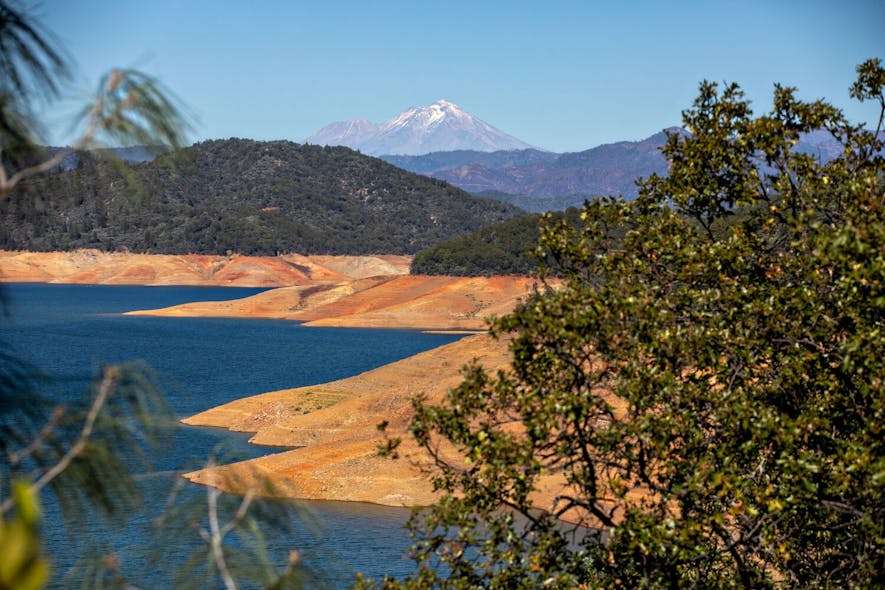Feb. 7, 2023 Roughly 36.3 million dead trees were counted across California last year, a dramatic increase from previous years.
By Nathan Solis Source Los Angeles Times (TNS) Distributed by Tribune Content Agency, LLC.

Roughly 36.3 million dead trees were counted across California last year, a dramatic increase from previous years that experts are blaming on drought, insects and disease, according to a report by the U.S. Forest Service.
The same survey last year counted 9.5 million dead trees in the state, but the effects of the dramatic tree die off this year are more severe and spread across a wider range, according to the report released Tuesday.
The aerial report paints a bleak picture of a state ravaged by drought, disease and insects that feed and nest in thirsty trees. From mid-July to early October, researchers surveyed nearly 40 million acres including federal, state and private land. They found dead trees spread across 2.6 million acres.
True fir trees were hardest hit, with 3 million dead Douglas-fir trees counted across 190,000 acres, primarily in the central Sierra Nevada Range. There were just 170,000 dead trees counted across 18,000 acres the previous year, with this year’s numbers representing a 1,650% increase, according to the report authors.
There were 15 million dead red fir trees counted across 890,000 acres and another 12 million white fir counted across 1.5 million acres. Both represented considerable increases to the previous year’s findings and were grouped mainly around the Northern California city of Redding, including the Shasta-Trinity National Forest and surrounding areas.
Drought conditions have exacerbated disease and insect infestations. Overcrowded forests choked with dead trees and abnormally high temperatures have also played a key role in the increased mortality, according to forest officials.
In 2016, at the heights of a historic drought in California, federal and state agencies counted nearly 62 million dead trees. The following year saw a drop to 27 million dead trees and by 2019 surveyors counted 15 million dead trees.
The primary cause is the state’s multi-year drought.
Roughly 80% of the state experienced severe drought conditions at the start of the year, according to the U.S. Drought Monitor. Thanks to a series of winter rain storms the latest data shows that figure has dropped to just 32%.
But forest officials say that despite all that rain, the increase in dead trees will continue to be a problem for years to come as rain levels continue to remain low.
Forest management will play a key role in how the state responds to tree mortality, according to officials.
“Forest health is a top priority for the Forest Service,” Jennifer Eberlein, regional forester with the U.S. Forest Service for the Pacific Southwest region, said in a statement.
The agency’s 10-year plan to tackle the problem will include removing dead and dying trees in areas where they pose the most risk to the surrounding communities.
Northern California saw several deadly, fast-moving wildfires in 2022 including the Mosquito Fire in Placer County and the McKinney Fire in Siskiyou County. Northern California also saw more dead trees than any other parts of the state.
The number of homes and other structures that have been burned in the Western United States has increased over the last 11 years when compared with the previous decade, according to a study published earlier this month in Proceedings of the National Academy of Science-Nexus. There was a nearly 250% increase in homes and structures destroyed, while wildfires became significantly more destructive over the last decade, according to the study’s findings.
The primary takeaway is that more homes and outbuildings were destroyed in California by human-caused fires over a 22-year period.
This story originally appeared in Los Angeles Times.
